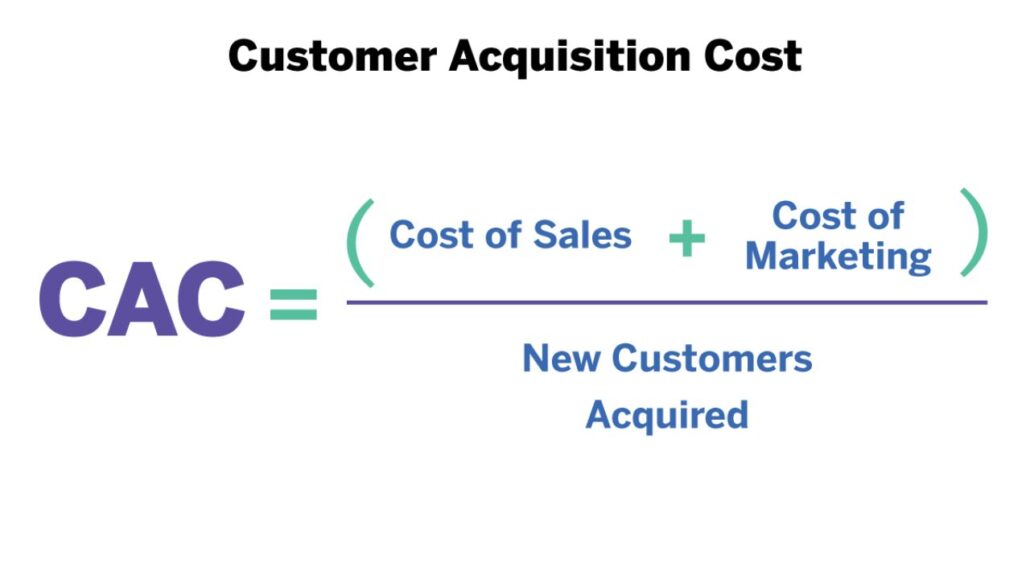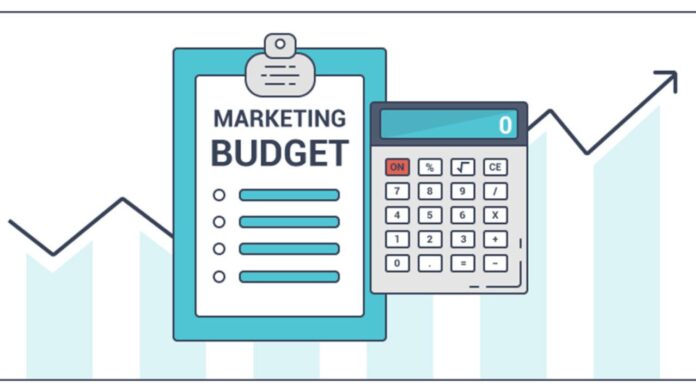Where competition is fierce and consumer behaviors are constantly evolving, determining the right marketing budget is a critical aspect of success. In this article, we will delve into the intricacies of budgeting for insurance marketing, offering insights, strategies, and real-world examples to guide you through this challenging process.
Factors Influencing Marketing Budget
Determining the budget for marketing is a multifaceted process influenced by various factors. These pivotal elements play a crucial role in shaping the financial allocation for promotional endeavors.
The size and resources of the company are instrumental, with larger enterprises having more financial leeway for comprehensive campaigns.
Additionally, understanding the intricacies of the target audience and their demographics is paramount, as different demographics respond differently to marketing approaches.
The choice of marketing channels and strategies further molds the budget, requiring thoughtful distribution of resources across both traditional and digital avenues.
Striking a balance among these factors ensures a well-crafted marketing budget that aligns seamlessly with business goals and resonates effectively with the intended audience.
Insurance customer acquisition costs: A brief analysis of expenses associated with acquiring new insurance customers.
Industry Benchmarks
Industry benchmarks serve as crucial reference points within a specific sector, offering insights into established standards and performance metrics. These benchmarks provide businesses with a comparative analysis, helping them gauge their performance against industry norms.
By examining industry benchmarks, organizations can gain a deeper understanding of prevalent trends, average expenditures, and successful strategies employed by peers.
Utilizing this data empowers companies to set realistic goals, make informed decisions, and strategically allocate resources to achieve optimal results in their respective industries.
Setting Objectives and Goals
Establishing objectives and goals is a pivotal phase in any marketing strategy. This involves clearly defining the outcomes you aim to achieve, be they enhancing brand visibility, acquiring new customers, or fostering customer retention.
By setting specific, measurable, achievable, relevant, and time-bound (SMART) objectives, businesses create a roadmap for success. This process not only guides the allocation of resources but also ensures that every marketing effort contributes directly to overarching business goals.
Setting objectives and goals is a strategic foundation that aligns marketing endeavors with a company’s vision, fostering a targeted and effective approach.
Digital Marketing Strategies
Digital Marketing Strategies encompass a range of online tactics designed to enhance a brand’s visibility, engagement, and overall presence in the digital realm.
These strategic approaches leverage various channels, such as social media, search engine optimization (SEO), and pay-per-click (PPC) advertising, to connect with target audiences.
The goal is to drive traffic, generate leads, and ultimately boost conversions. Successful digital marketing strategies adapt to evolving trends, ensuring businesses remain competitive in the dynamic landscape of the online marketplace.
Traditional Marketing Channels
Traditional marketing channels encompass established methods of reaching an audience outside the digital realm. These time-tested avenues include print media, television, and radio advertising.
In contrast to the rapidly evolving landscape of digital marketing, traditional channels offer a tangible and enduring approach to connecting with diverse audiences.
Leveraging the familiarity and widespread reach of these channels, businesses can engage with their target demographics through mediums that have proven effective over the years, ensuring a well-rounded marketing strategy that caters to both online and offline audiences.
Calculating Customer Acquisition Costs (CAC)

Determining Customer Acquisition Costs (CAC) is a crucial aspect of financial analysis in marketing. CAC represents the expenses incurred to acquire a new customer, encompassing various costs like advertising, sales, and marketing efforts.
This metric aids businesses in assessing the efficiency and profitability of their customer acquisition strategies. By calculating CAC, companies can make informed decisions on budget allocation, ensuring a balanced approach that maximizes returns on investment while maintaining financial viability.
Understanding and managing CAC is pivotal for sustainable growth and optimizing marketing resources effectively.
Testing and Analytics
The systematic evaluation of marketing strategies to refine and optimize their effectiveness. In this phase, various methodologies are employed to gather data and assess the performance of different approaches.
Analytics play a pivotal role in interpreting this data, providing valuable insights into consumer behavior, campaign success, and areas for improvement.
This dynamic process allows marketers to fine-tune their strategies, ensuring that resources are allocated efficiently and delivering the best possible return on investment.
Adapting to Market Trends
Adjusting to the ever-changing dynamics of market trends is a crucial aspect of any successful business strategy. Embracing flexibility in response to evolving consumer preferences, technological advancements, and industry shifts ensures that your company remains relevant and competitive.
Adapting to market trends involves proactively assessing and aligning your business practices, products, and marketing approaches to meet the current demands of your target audience and stay ahead of the competition. This strategic responsiveness positions your business for sustained growth and resilience in the dynamic marketplace.
Cost-Effective Strategies
Cost-effective strategies in insurance marketing involve maximizing returns while minimizing expenditure. These approaches prioritize efficiency and value, ensuring every allocated dollar contributes significantly to the overall marketing success.
By striking a balance between quality and affordability, businesses can implement impactful campaigns without straining their budgets.
Emphasizing smart resource allocation and return on investment, these strategies empower insurance companies to achieve their marketing objectives in a financially prudent manner.
Importance of Flexibility
Adapting to change is paramount in the ever-evolving landscape of insurance marketing. Recognizing the importance of flexibility allows companies to navigate unforeseen challenges and seize emerging opportunities.
A flexible approach to budgeting ensures the ability to pivot swiftly, adjusting strategies as market conditions evolve.
By integrating adaptability into the budgeting process, businesses can stay agile in the dynamic insurance industry, responding effectively to shifts in consumer behavior, industry trends, and competitive landscapes.
Professional Advice
Expert Guidance is indispensable when navigating the complexities of insurance marketing. Seeking Professional Advice from seasoned marketing professionals and industry experts is a strategic move.
These individuals bring a wealth of experience, offering insights that can significantly impact your budgeting decisions.
Collaborating with experts in the field ensures a nuanced approach, helping you tailor your marketing budget effectively to achieve optimal results in the dynamic and competitive landscape of the insurance industry.
Monitoring and Adjusting

The crucial practice of systematically observing the performance of marketing strategies and making necessary modifications to optimize outcomes. This process involves regular and meticulous scrutiny of various key performance indicators, ensuring that the allocated budget is delivering the desired results.
By staying attuned to shifts in consumer behavior, industry trends, and the competitive landscape, businesses can promptly adapt their marketing approaches, reallocate resources, and fine-tune strategies for maximum effectiveness.
The dynamic nature of the insurance industry demands a proactive stance, making monitoring and adjusting an indispensable aspect of successful marketing campaigns.
Conclusion
Effective budgeting for insurance marketing requires a nuanced approach. By considering factors such as company size, industry benchmarks, and emerging trends, you can develop a strategic and flexible budget that aligns with your goals. Remember, the dynamic nature of the insurance industry demands continuous monitoring and adjustment.
FAQ
How to Effectively Budget for Insurance Marketing?
Effectively budgeting for insurance marketing involves assessing company size, understanding target demographics, and diversifying strategies across digital and traditional channels. Align objectives with budget, calculate customer acquisition costs, and regularly review performance. Balancing cost-effectiveness and quality ensures a dynamic and successful marketing approach in the insurance industry.
How Do You Budget for Marketing Activities?
A Reasonable Marketing Budget: What Is It? The U.S. Small Business Administration states that your marketing budget should be between 7 and 8 percent of your overall sales (gross). This sum covers the price of running the marketing department, creating content, and running advertisements.
What is the 5 Percent Rule for Marketing Budget?
B2B enterprises are generally advised to allocate between 2 and 5% of their revenue towards marketing. The percentage is typically higher—between 5 and 10%—for B2C businesses. This is because, to target different consumer categories, B2C enterprises usually need to engage in numerous marketing channels.
What are the Three Marketing Budget Techniques?
How to Effectively Budget for Insurance Marketing, Below is a list of the most popular ones: method of percentage of sales. Goal and Workflow Technique. The method of Competitive Parity.
What are the Four Elements of Marketing Budget?
How to Effectively Budget for Insurance Marketing, Product, pricing, location, and promotion are a marketing mix’s four main components. The goal of this framework is to develop a thorough strategy that sets a product or service apart from rivals that add value for the consumer. These components frequently rely on one another.
What Percentage of Marketing Budget Should Be Digital?
Determining the optimal percentage of a marketing budget allocated to digital channels involves various factors such as industry, target audience, and campaign objectives. Typically, experts suggest allocating 40-50% of the budget to digital marketing strategies to capitalize on its reach and effectiveness in today’s digital-centric landscape.



